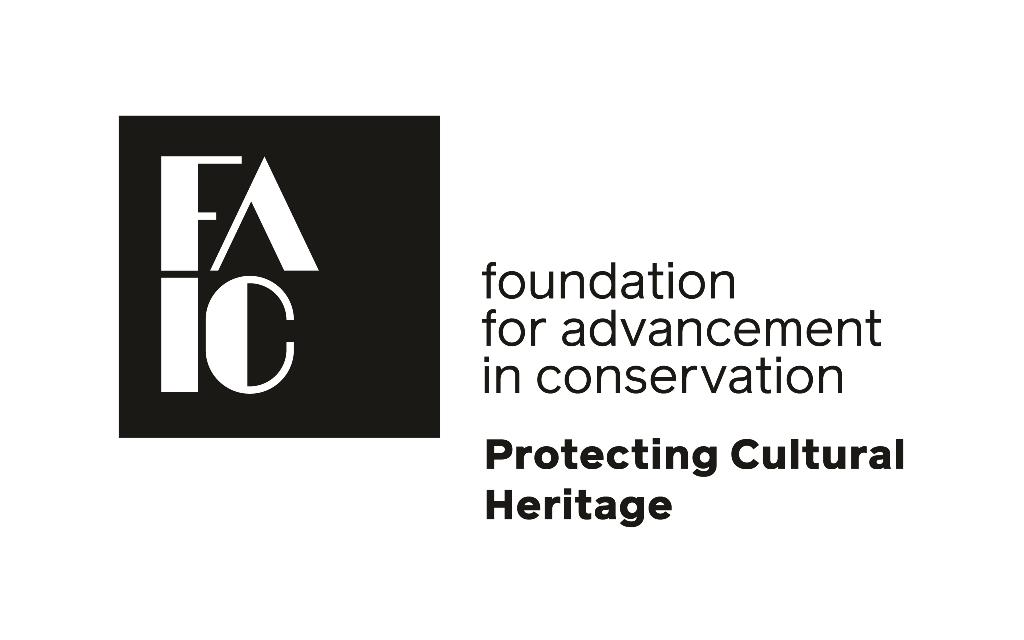Whitework: Women Stitching Identity
June 1 - November 20, 2021
How did women express their support for the new American nation?
Featuring textiles from the Kentucky Museum and Kentucky Historical Society, Whitework: Women Stitching Identity explores the significance of early white embellished textiles that have been largely ignored, undervalued, and misinterpreted. Whitework holds a “special place” within the cultural geography of textile making, connecting regional textile making with broader narratives of American women’s lives, political participation, and self-expression during the formative years of the Early Republic. Mounted in partnership with the Kentucky Historical Society, Whitework proves that American women have always been involved in forming our national identity and culture.
Guest Curator:
- Laurel McKay Horton, textile researcher, former President of the American Quilt Study Group, and former Editor of Uncoverings.
Other contributors:
- Margaret T. Ordoñez, Ph.D., owner of Ordoñez Textile Conservation Services and former Professor and Director of the Historic Textile and Costume Collection and Textile Gallery at the University of Rhode Island.
- Dr. Kate Brown, Assistant Professor of History at WKU and author of Alexander Hamilton and the Development of American Law (University Press of Kansas, 2017).
What is Whitework?
Disregarded for years as an exaggeration of American colonial self-sufficiency or as fancy work made for a future home, recent research has shown that whitework textiles are elaborate both in make and meaning. In make, the textiles are often an elaborate arrangement of intricately stitched motifs expressed in large scale. Some are created as “whole-cloth” quilts from two layers of woven cloth stitched together, typically with a loose cotton filling between, while others are embroidered and draw on a wide vocabulary of stitches, styles, and yarns. In meaning, the women who chose to make these white textiles, whatever techniques they used, committed countless hours to their creation. The variety, individuality, and artistry of the resulting textiles suggest that these women were not merely making a decorative item; they were using their needlework as a medium for self-expression. Additionally, historical context reveals that these textiles were primary vehicles through which women silently supported the political and economic development of the United States in the years following the Revolution through the early decades of the 19th century by boycotting British goods, including white embellished bedcovers.
Despite American textile scholarship’s development during the last quarter of the twentieth century, whitework textiles occupy the margins, remaining outside the mainstream of research and interpretation. Although knowledge of whitework textiles made during the American Revolution is limited with few surviving examples, documentary evidence supports the notion that women were spinning and weaving as a patriotic act. Many of the surviving whitework examples were made between the American Revolution and the War of 1812, suggesting women made them as an act of patriotism, an important, if largely symbolic, act. Often dismissed as romantic inventions, the large number of home production narratives that accompany their creation support this thesis.
Take a closer look at individual textiles in the exhibit.
Take a 360 Tour exhibit of the exhibit.
Our Collection
The Kentucky Museum holds several examples of whitework textiles dating from the late 18th to mid 19th centuries, including:
- KM 2652 - Rebecca Smith Washington's wholecloth quilt. Rebecca (1786 -1861) was married to President George Washington's nephew, Whiting, and lived in Russellville, Kentucky.
- KM 1961.1.6 - Hand-woven "Marseilles quilt" by an unknown weaver.
- KM 2857 - Bolton counterpane by an unknown British weaver, produced in Bolton, Lancashire, England.
- KM 1806 - Temperance Wren Sharp's corded and stuffed quilt. Temperance (1783-?) lived in Garrard County, Kentucky, and made this white quilt before her marriage in 1816. The quilt was inherited by Temperance's granddaughter, Willia Sharp.
- KM 1987.86.1 - Miriam Elmina Helm's embroidered counterpane. Miriam (1777-1868) was born in Virginia and later moved to Kentucky with her family. She made this counterpane before her marriage in 1797, after which she settled in Barren County and, later, Smiths Grove.
- KM 1979.1.1 - Charlotte Briggs's tufted embroidered counterpane. Charlotte (1795 - 1862) was born in Virginia and moved to Warren County, Kentucky, as a child. She likely made this counterpane before her marriage in 1817.
- KM 2002.11.1 - Harriet Legran Bates's quilt with center medallion. Harriet (1827 - c. 1880) was born in Wayne County, KY, and made this quilt with central medallion cornucopias of pomegranates, grape bunches, and sheaves of grain.
- KM 1993.14 - Bettie Whitney Napier's embroidered counterpane. Bettie (1862 - 1916) was born in Allen County and later lived in Scottsville, where she worked as a merchant following her husband's death.
- KM 1999.44.7 - Gertrude Marie LaWarre Reuter's medallion quilt. Gertrude (1898 - 1993) learned quilting in her 30s, making "packaged quilts" typical of the 1930s.
Some of the links on this page may require additional software to view.






